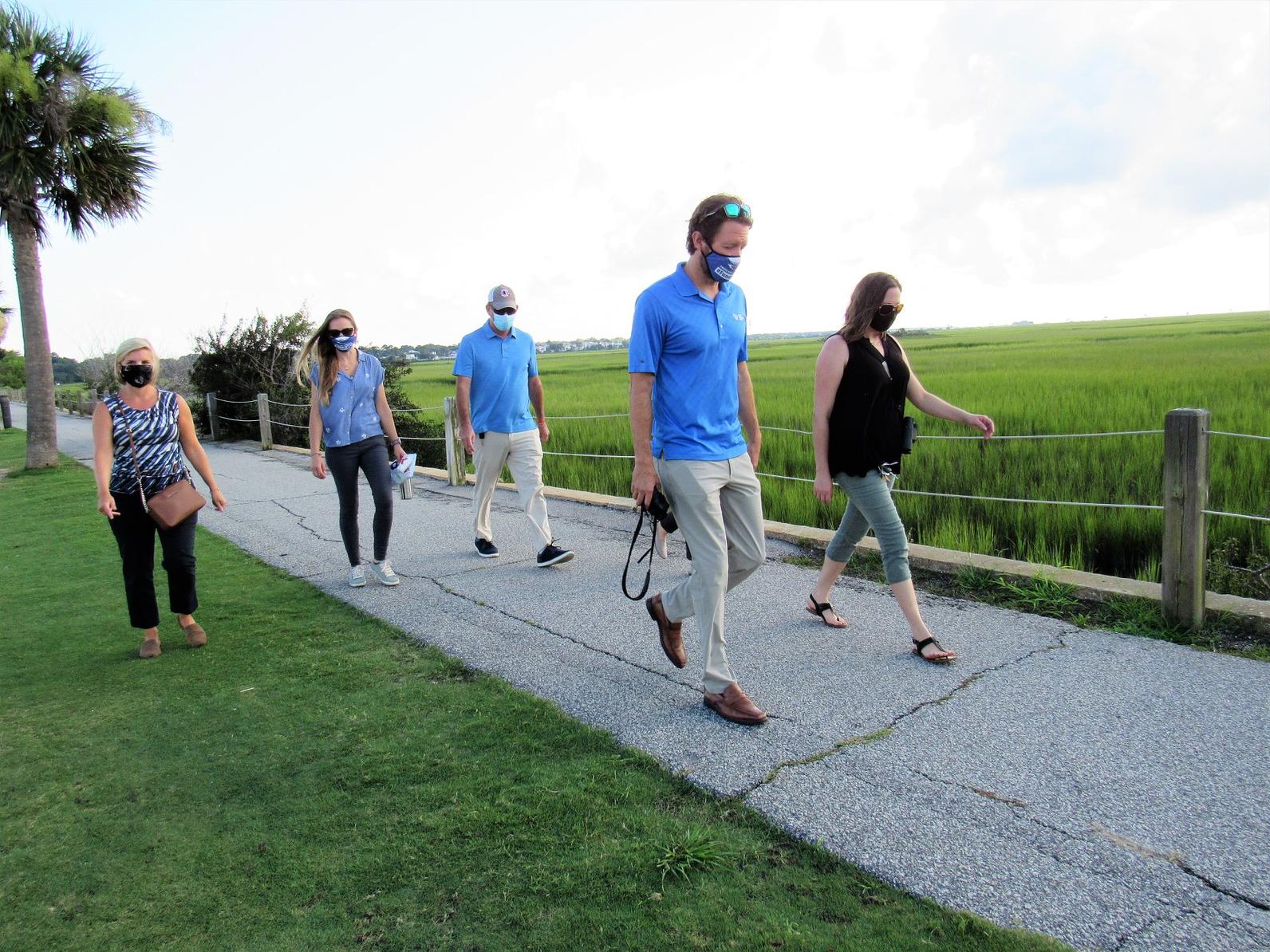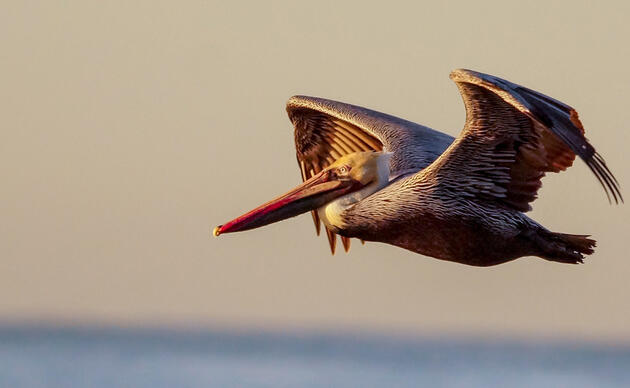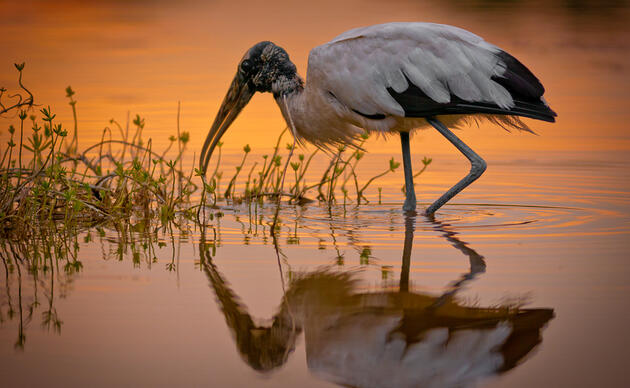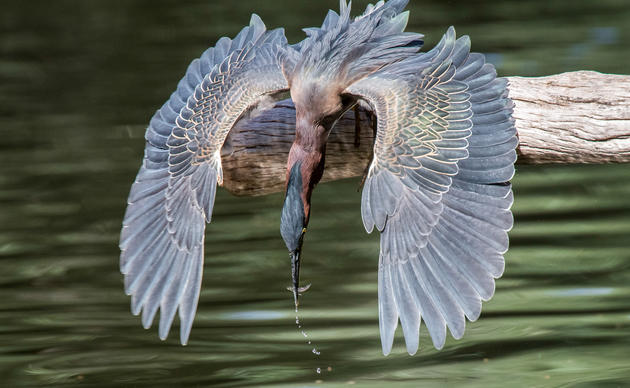
MT. PLEASANT, South Carolina (July 16, 2020) — Today U.S. Representative Joe Cunningham (SC-01) met with representatives from Audubon South Carolina and Conservation Voters of South Carolina to discuss the bipartisan Great American Outdoors Act (H.R.1957), which would fully and permanently fund the Land and Water Conservation Fund (LWCF) and provide $9.5 billion in funding to address a maintenance backlog at American national parks at no additional cost to taxpayers.
The group met at the Pitt Street Bridge in Mt. Pleasant—one of numerous LWCF-funded sites in South Carolina, and a popular spot for city dwellers to exercise, enjoy fresh air, and take in the numerous bird species that rely on the habitat, including Piping Plovers, Bald Eagles, American Oystercatchers and others.
“Outdoor recreation supports more than 150,000 jobs in South Carolina, and is a huge economic driver in our area, so our team is very proud of our work on this,” said Cunningham. “I think the first district should be proud, too, that out of 435 members, we are leading the charge on this important bill, which is going to be passed in the House and ultimately signed in to law.”
The bill passed the Senate by a vote of 73-25 in mid-June, with both South Carolina Senators Lindsey Graham and Tim Scott voting in favor. Cunningham has been a vocal champion for the House bill, which is expected to come up for a vote as soon as next week.
“The Land and Water Conservation fund makes it possible to preserve and maintain areas like the Pitt Street Bridge, which is not only valuable habitat for vulnerable birds like the Salt Marsh Sparrow, but also an amazing draw and escape for people,” said Jen Tyrrell, Audubon South Carolina’s Bird Friendly Communities Coordinator. “Amid this pandemic, I think people have more appreciation than ever for beautiful, accessible spaces like these, and hopefully understand the importance of maintaining them through funding.”
A 2018 study led by the National Audubon Society and National Park Service and published in the peer-reviewed journal PLOS ONE, underscored the need to safeguard and manage protected lands for birds and wildlife, which face unprecedented threats amid a changing climate and development pressures. A fully funded LWCF is essential to helping realize this goal.
“The LWCF has provided funds to every one of South Carolina’s 46 counties,” said Natalie Olson, Campaigns Director for Conservations Voters of SC. “Whether it’s using waters on public lands to put fish on their table, having access to lands for hunting, or simply safeguarding the clean air and water that families need survive and thrive—every resident of South Carolina stands to benefit from a fully-funded LWCF.”
Originally adopted by Congress in 1964, LWCF uses a small portion of the royalties from preexisting offshore oil and gas leases for land protection and recreation for national parks, wildlife refuges, forests and more. The fund has brought an investment of some $295 million to the state of South Carolina over the last fifty years—including funding for properties such as Fort Sumter National Monument and the ACE Basin National Wildlife Refuge—at no cost to taxpayers.
###
About Audubon South Carolina
Audubon South Carolina protects birds and the places they need, right here in South Carolina. We’re the state office of the National Audubon Society, which has more than one million members and a century-long track record of success. In South Carolina, we represent more than 26,000 Audubon members and supporters, nine Audubon chapters and bird club partners, two Audubon centers and 22,000 acres of land that we own and manage. Learn more about what we do and how to help at sc.audubon.org. Follow us on Facebook at @ScAudubon, Twitter at @AudubonSc, and Instagram at @audubon_sc.
About Audubon
The National Audubon Society protects birds and the places they need, today and tomorrow. Audubon works throughout the Americas using science, advocacy, education, and on-the-ground conservation. State programs, nature centers, chapters, and partners give Audubon an unparalleled wingspan that reaches millions of people each year to inform, inspire, and unite diverse communities in conservation action. A nonprofit conservation organization since 1905, Audubon believes in a world in which people and wildlife thrive. Learn more at www.audubon.org and on Facebook, Twitter and Instagram @audubonsociety.
MEDIA CONTACT
Angelina Ricci Eisenhauer



